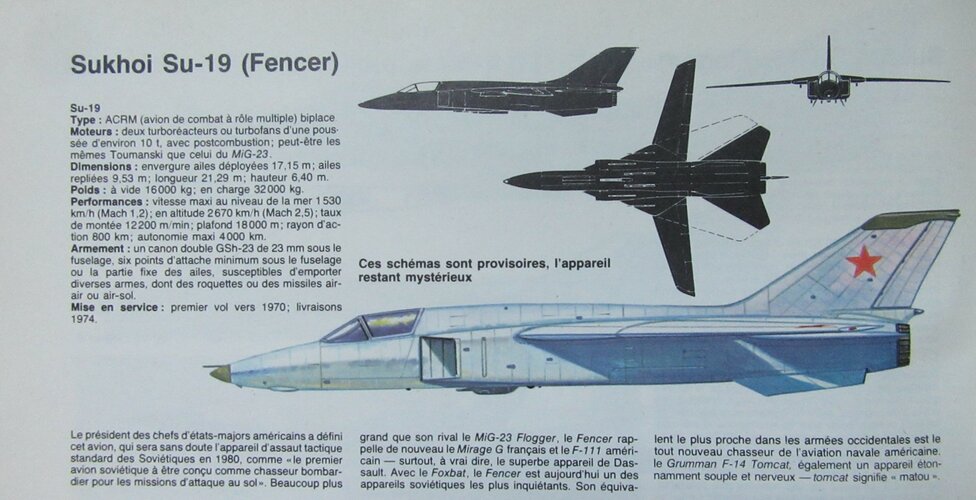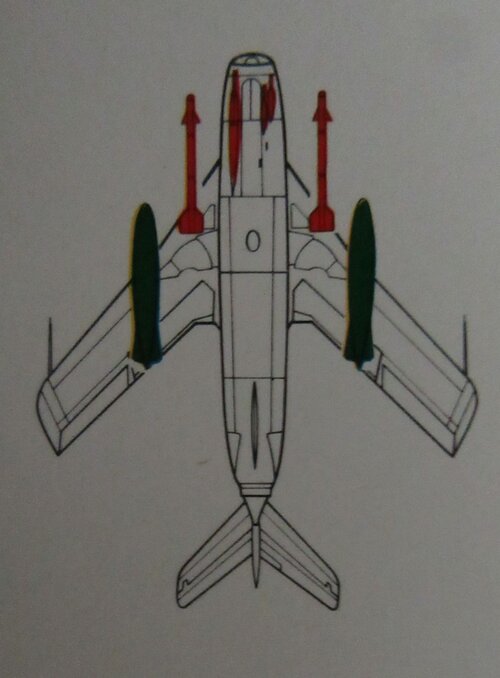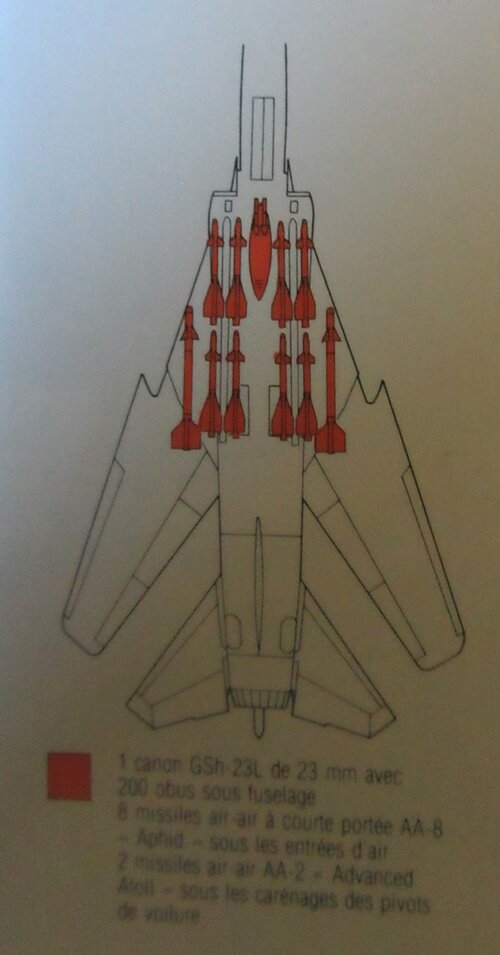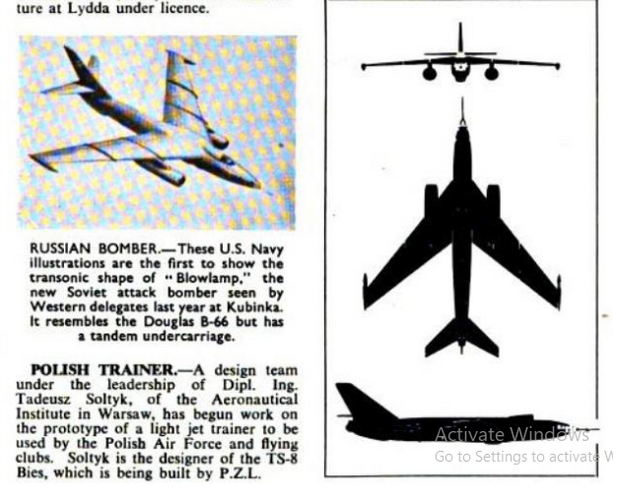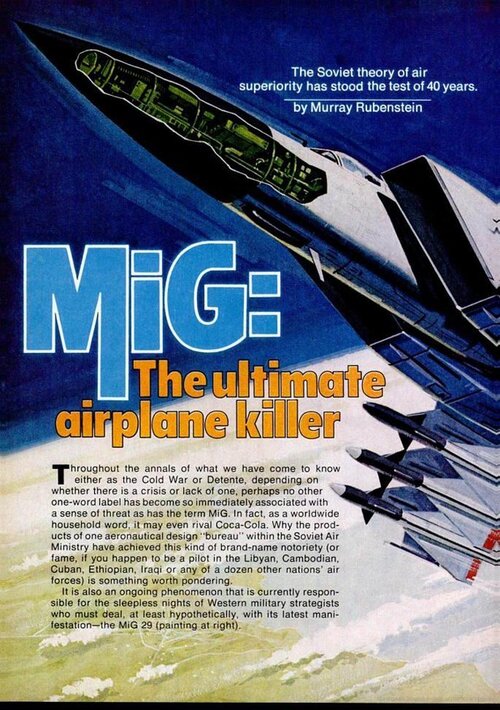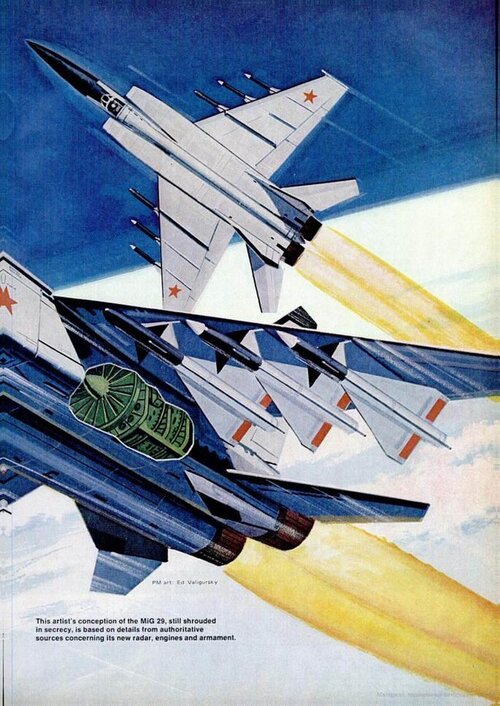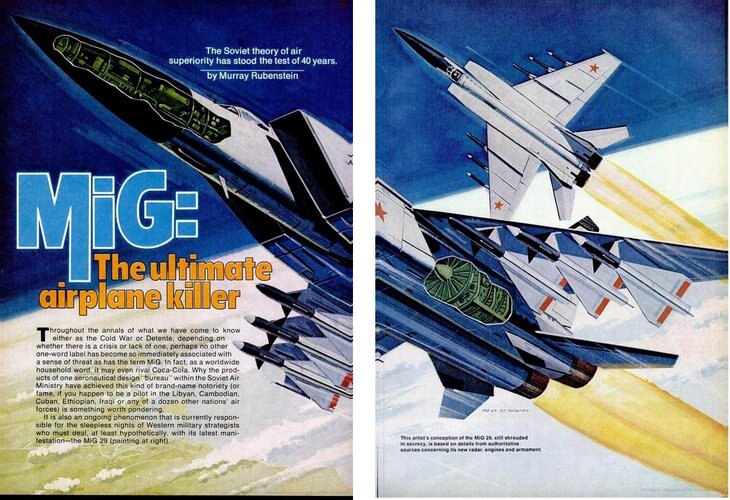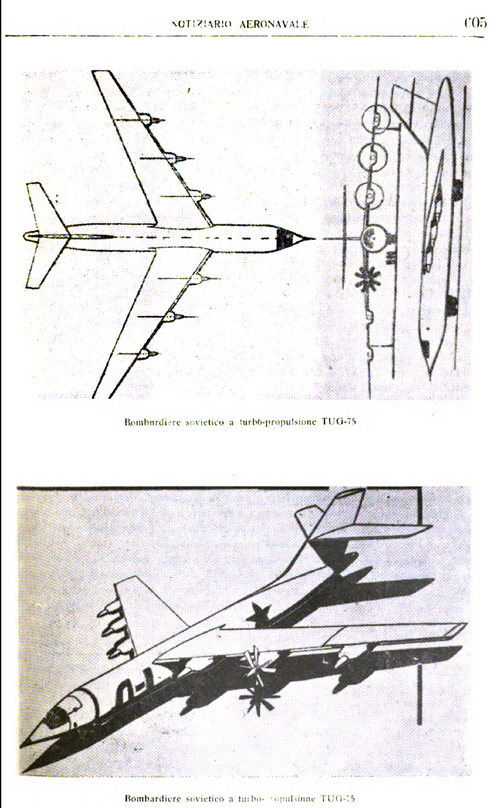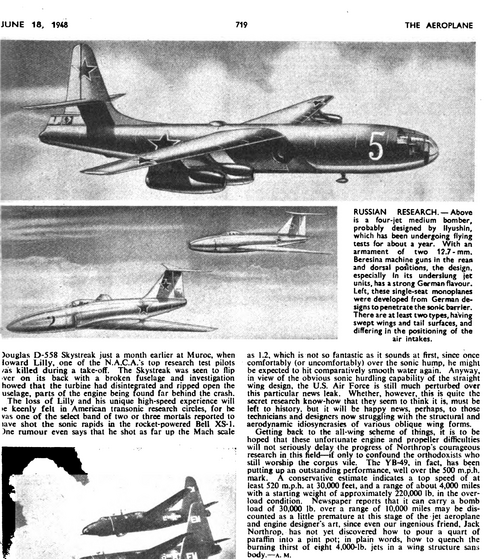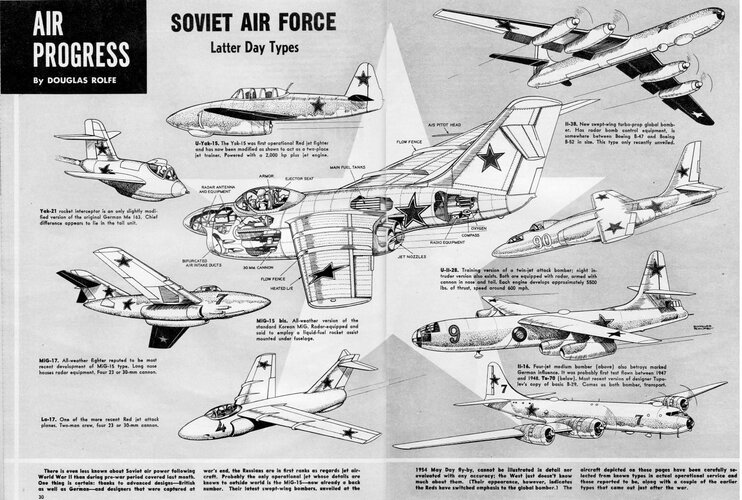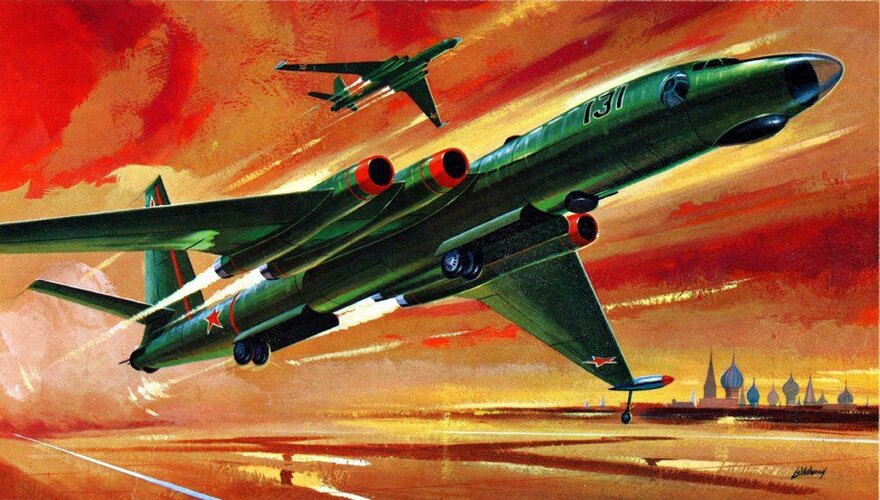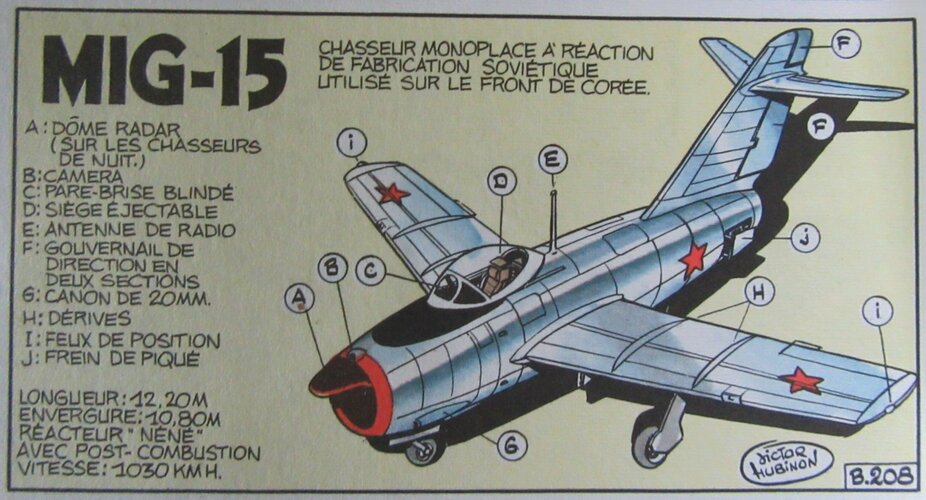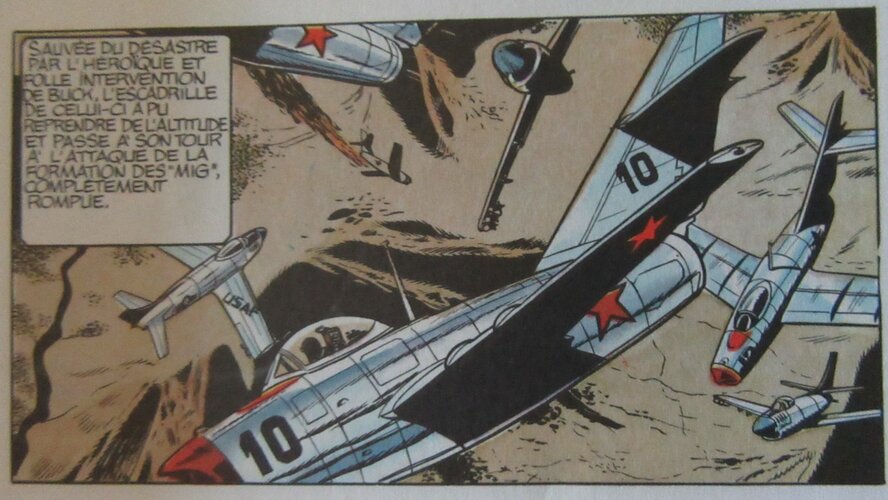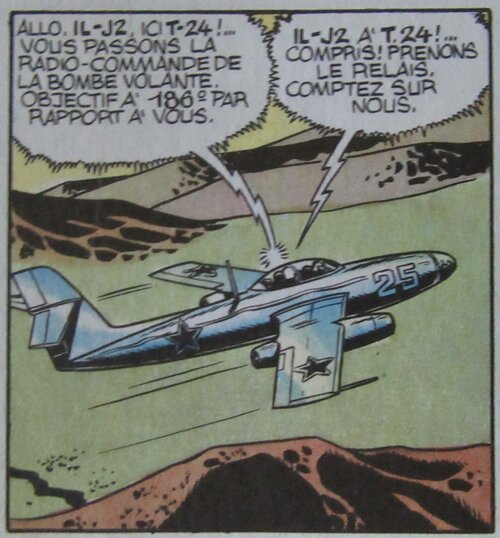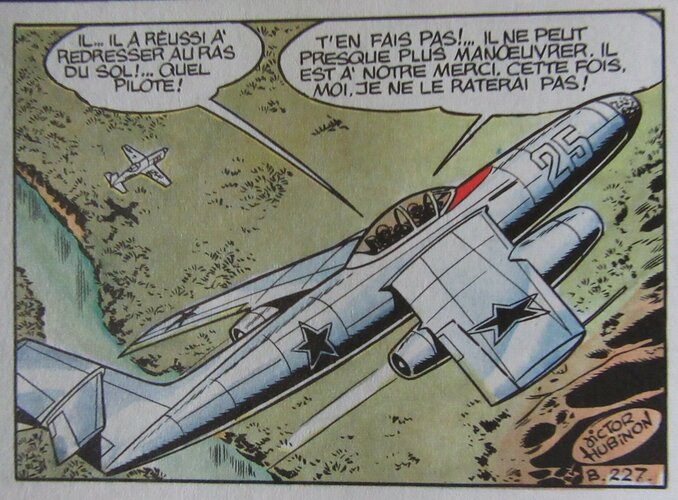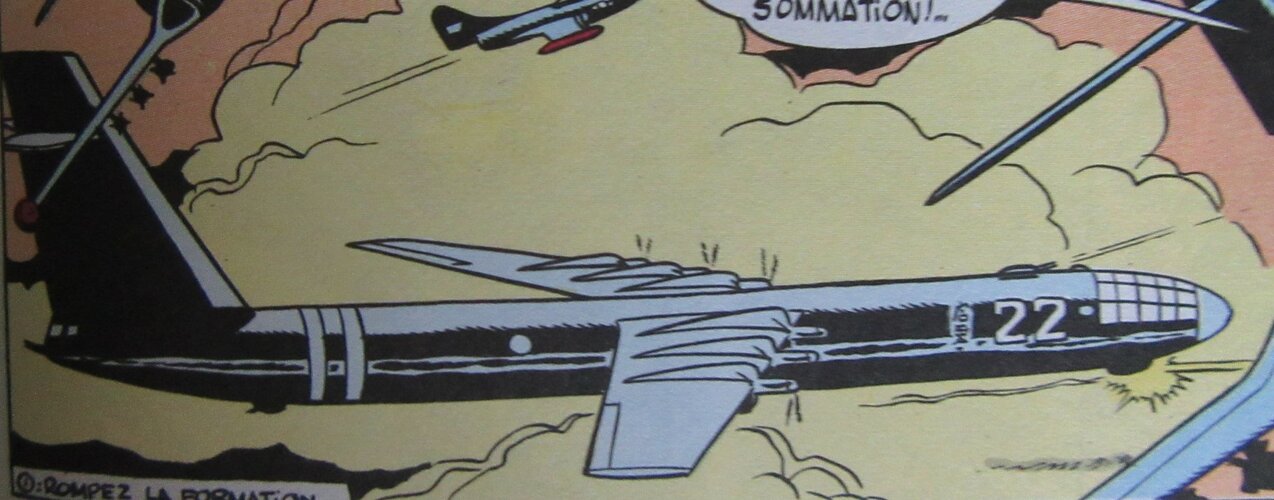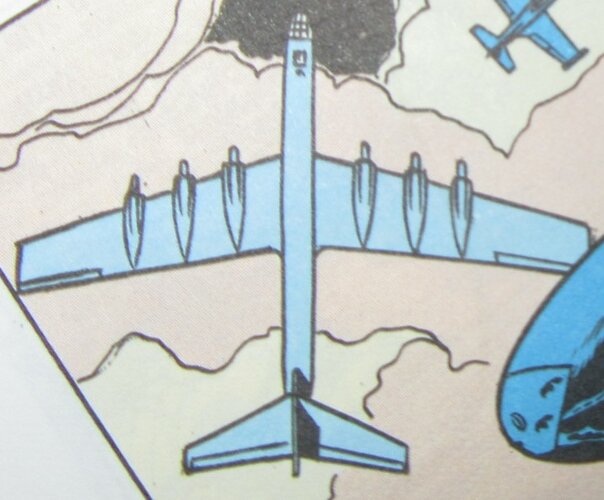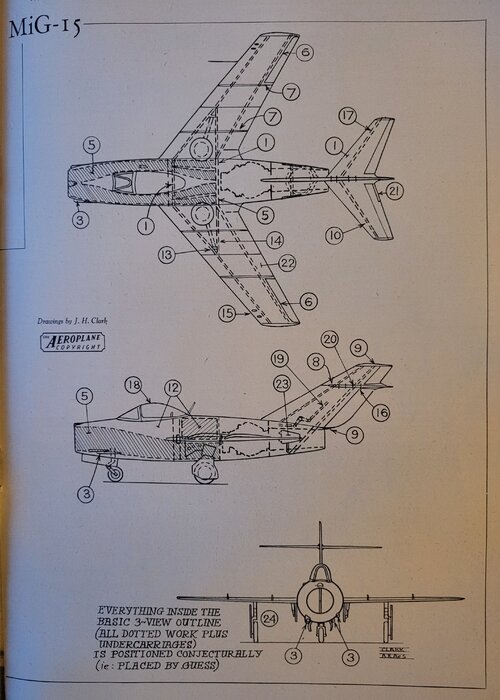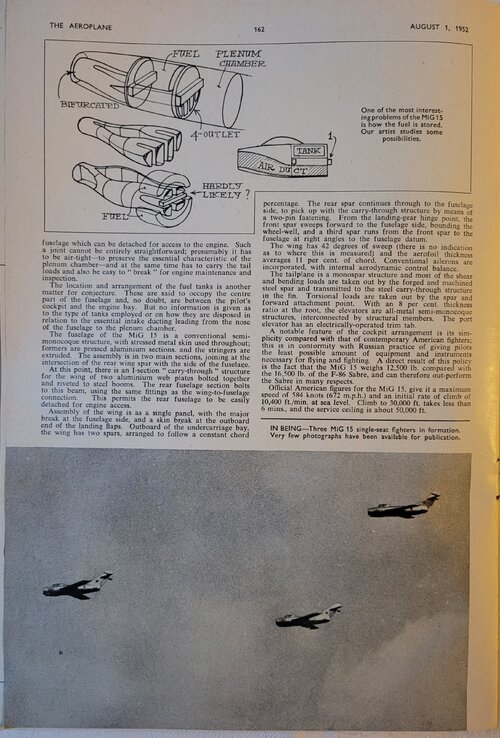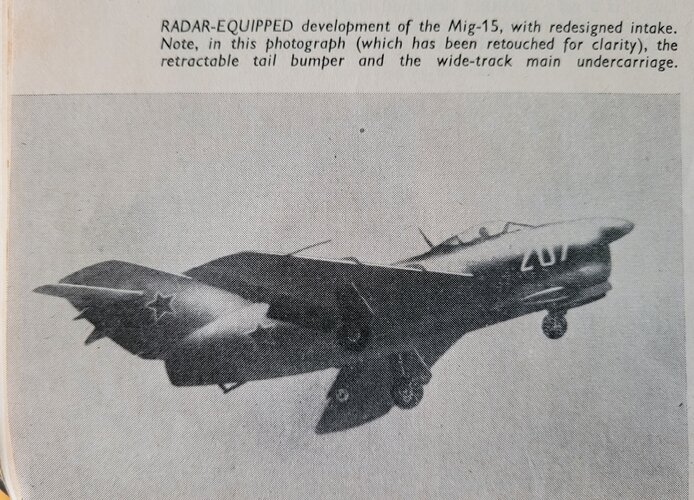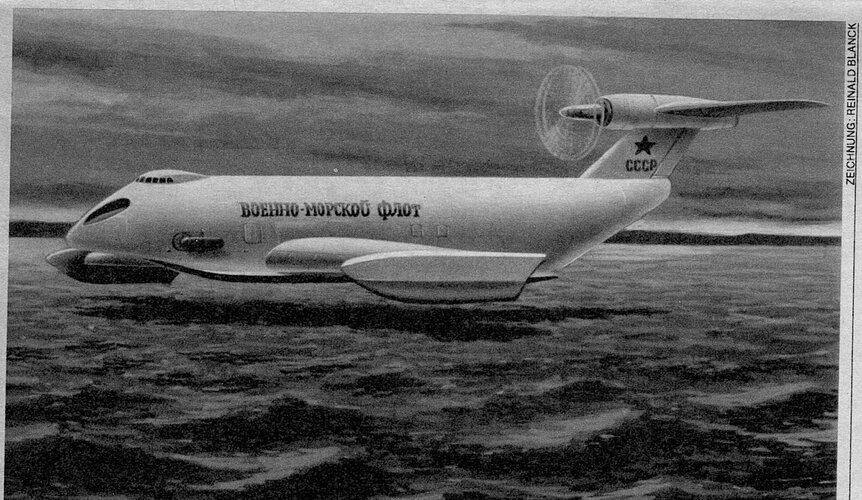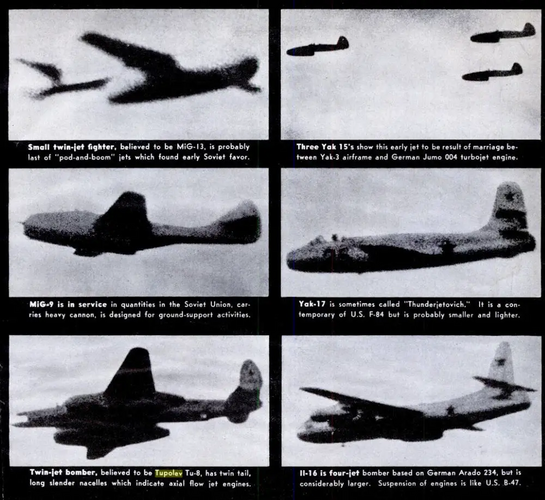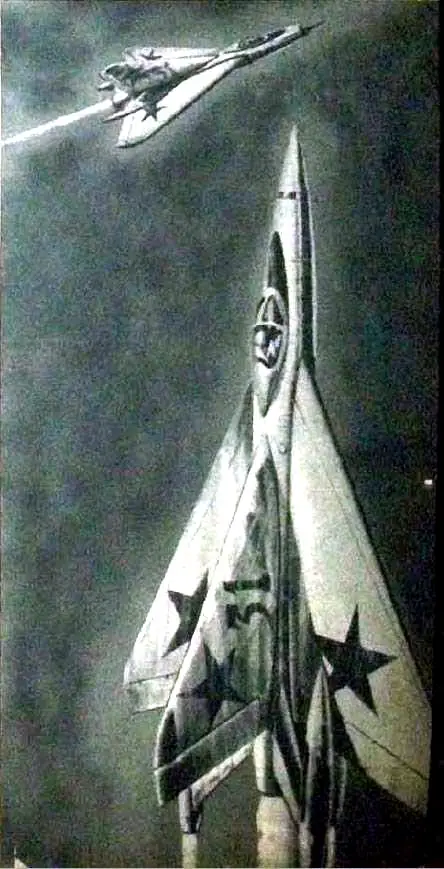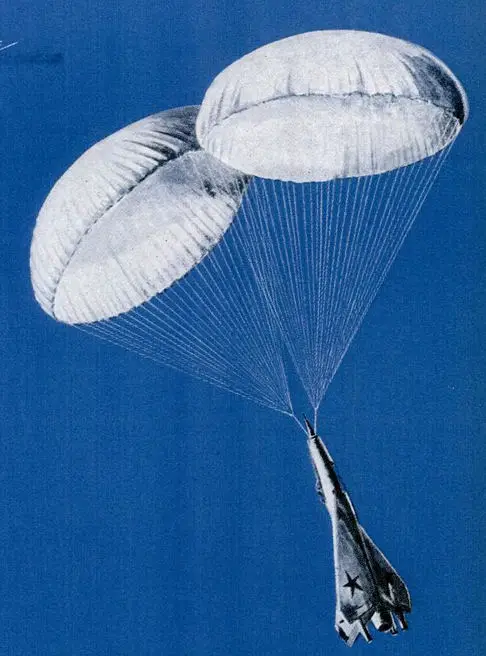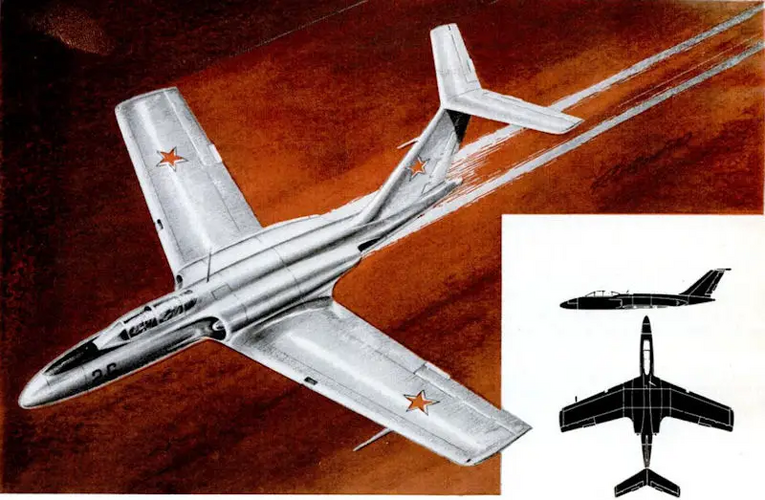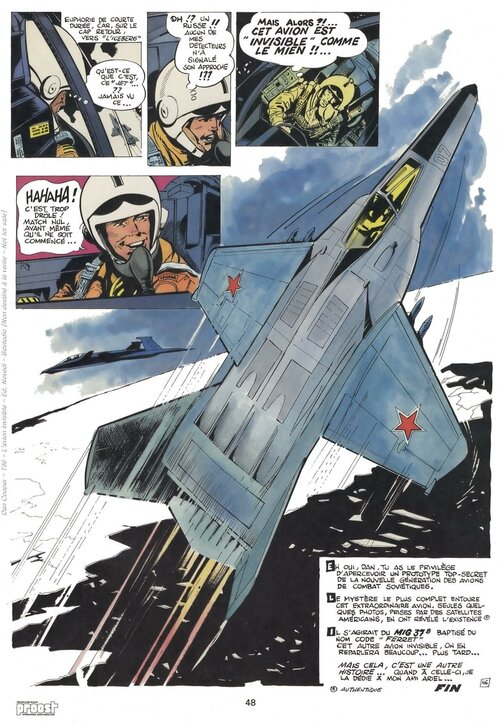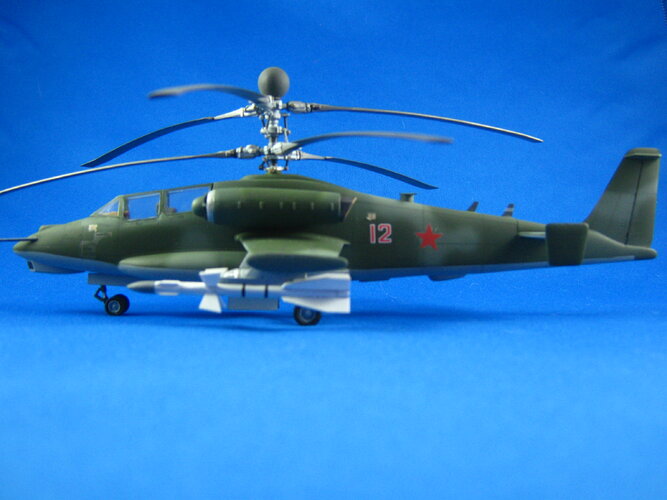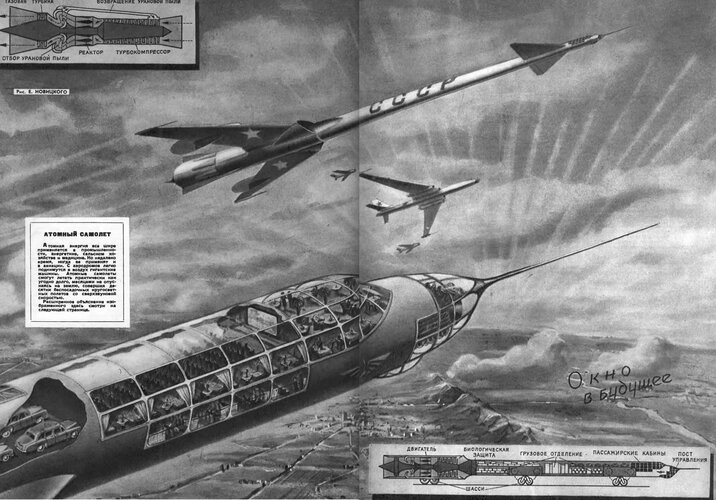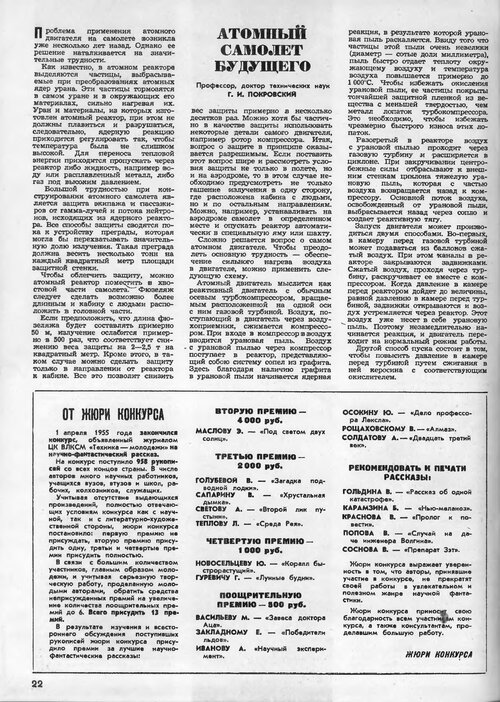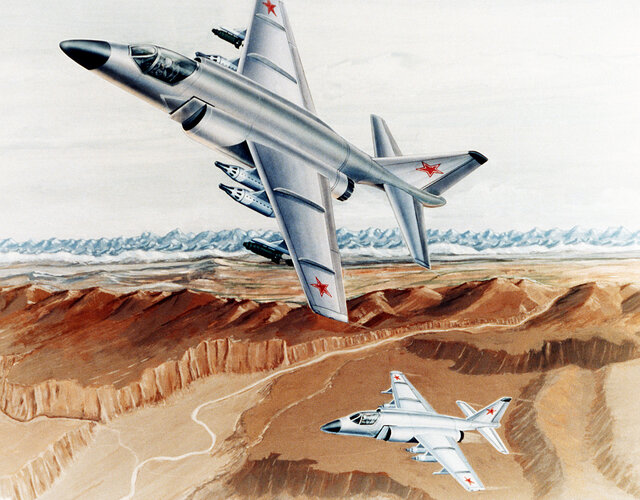Fighter-interceptor vertical take-off.
A fighter-interceptor vertical take-off appeared for the first time in Life magazine, which described how a promising development of captive German engineers, to protect industrial facilities. According to the magazine, the plane was already in mass production, and, according to reports from Korea, American Saber pilots had already met the plane in combat. It is interesting to land an airplane not with engines, but with parachutes. Later, this aircraft was widely used in Italian aviation magazines, where it appeared throughout the 1950s.
The principle of the VTOL family of tail-sitter is to take off and land a device with the fuselage placed vertically on the ground, hence the designation "tail-sitter". In the late 1940s, the US Navy Bureau of Aeronautics (BuAer) began to seriously examine the feasibility of developing a vertical takeoff and landing (VTOL) tailsitter aircraft to protect convoys, task forces, and other vessels. These specialized interceptors would be placed on the decks of ships to provide a rapid defensive air support to protect convoys, task forces, and other vessels. The diminutive Ryan X-13 Vertijet was designed to explore the feasibility of a pure-jet vertical takeoff and landing (VTOL) fighter aircraft. Using a Rolls Royce Avon turbojet engine, the aircraft easily made the transition between vertical and horizontal flight and enjoyed a highly successful career.
In the USSR, Boris Yuryev presented in 1946, the KIT-1 and -2 projects, tail-sitter (with a piston engine VK-108) similar to the Convair XFV-1 but which did not go beyond the stage of the board drawing. In the Soviet Union, the Yakolev Yak-36 made its first untethered flight in 1963. Although it was never put into production, it led directly to the operational Yak-38 Forger.





